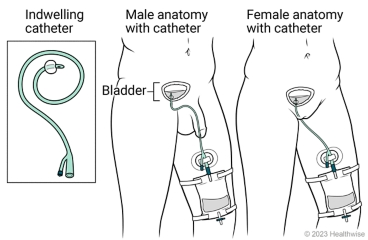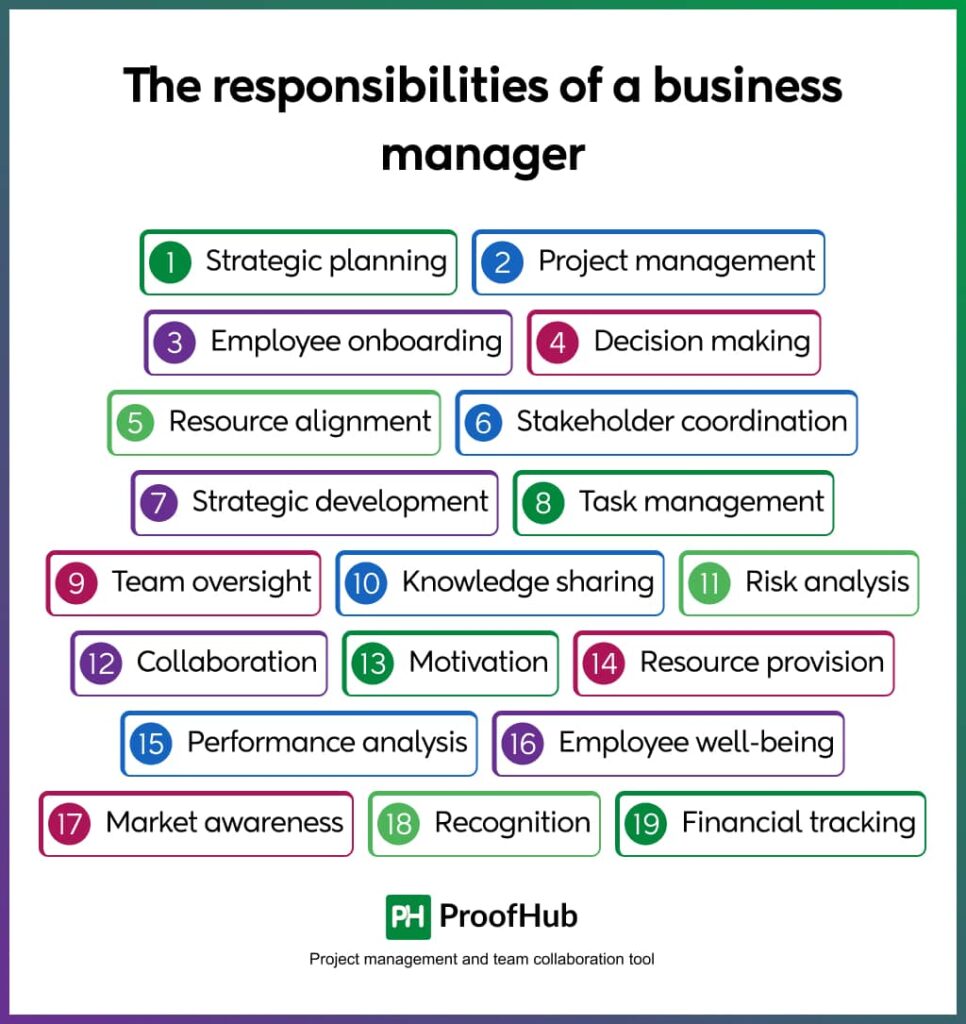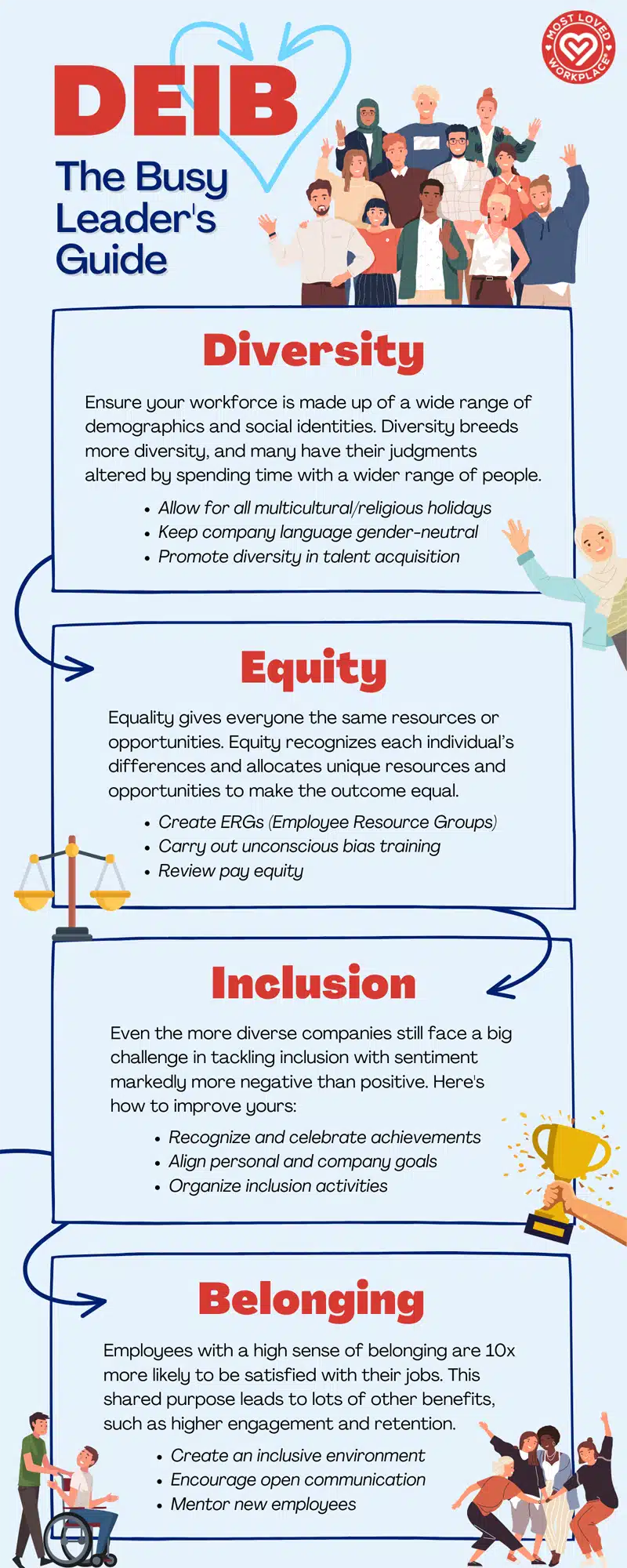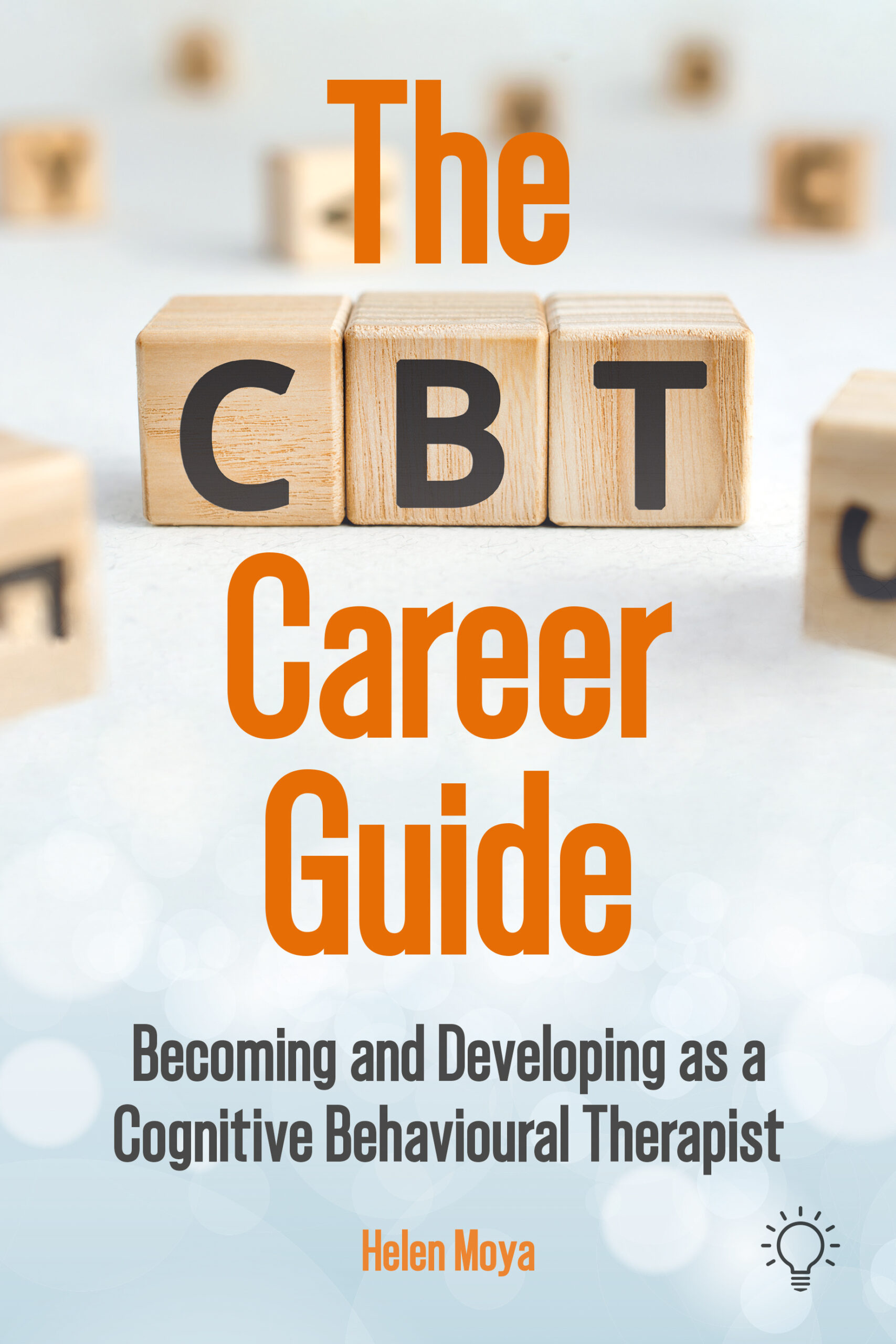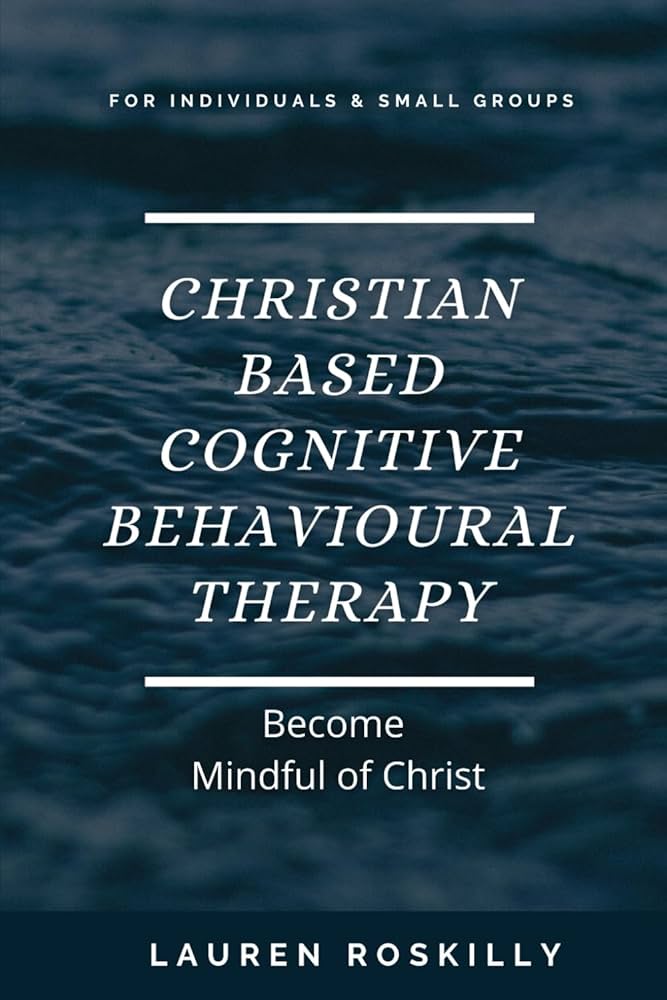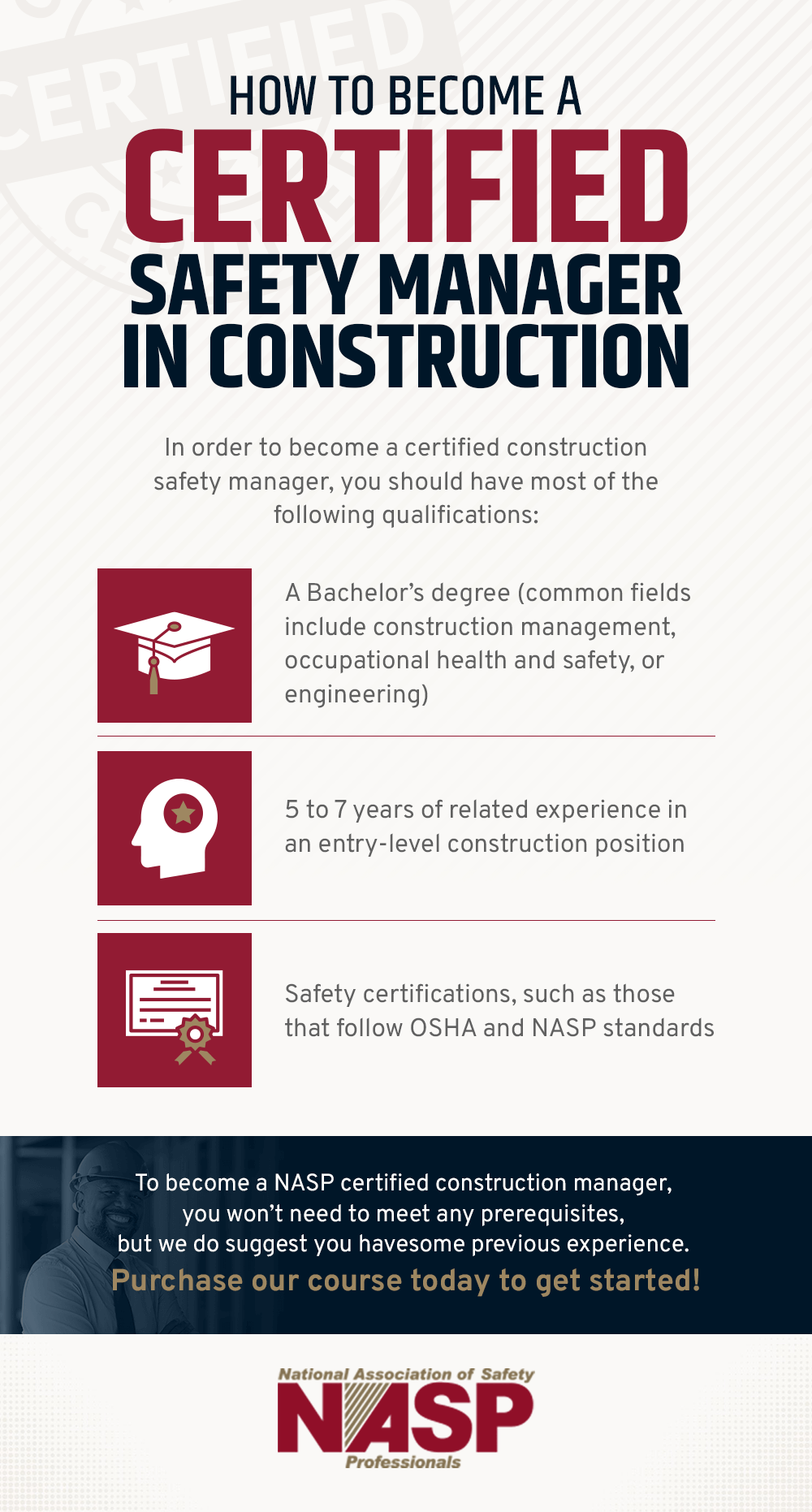How to Become a Workplace First Aid Training: Expert Guide
Imagine you’re at work, and suddenly a colleague collapses. Would you know what to do?
This scenario might seem unlikely, but emergencies can happen to anyone, anywhere, and at any time. Becoming a workplace first aid training expert can empower you to save lives and create a safer environment for everyone around you. This isn’t just about learning new skills; it’s about transforming your workplace into a safety-first zone where you’re the go-to person in times of crisis.
In this guide, you’ll discover the essential steps to becoming a certified first aid trainer. We’ll break down the process, so you can start making a difference in your workplace sooner than you think. Whether you’re looking to boost your career, or simply want the peace of mind that comes with knowing you can help in an emergency, this article will show you how. Let’s dive in and explore how you can become the hero your workplace needs.

Importance Of First Aid Training
First aid training is more than a mandatory workplace requirement—it’s a crucial life skill. Knowing how to respond in emergencies can make the difference between life and death. Imagine being the person who saves a colleague’s life because you knew what to do.
Why Every Workplace Needs First Aid Training
Accidents happen when you least expect them, and the workplace is no exception. Whether it’s a simple cut or a severe injury, being equipped with first aid skills ensures immediate care. This can prevent minor injuries from becoming serious and boosts overall workplace safety.
Consider a time when someone choked during lunch. Would you know how to help? First aid training empowers you to act confidently and quickly, turning potential tragedy into a relief-filled success story.
Building A Culture Of Safety
First aid training fosters a culture of safety and care among employees. When everyone knows what to do in an emergency, the workplace becomes a more secure environment. It encourages teamwork and builds trust, as everyone knows they are in safe hands.
Picture your workplace as a community where everyone looks out for each other. This sense of shared responsibility enhances morale and productivity. Who wouldn’t want to work in such a supportive atmosphere?
Reducing Workplace Liability
Employers often worry about liability in case of workplace accidents. First aid training can significantly reduce these concerns. It prepares employees to handle emergencies, potentially minimizing the severity of injuries and reducing legal risks.
Imagine not only protecting your colleagues but also safeguarding your company from costly lawsuits. First aid training is an investment in both people and the business.
Enhancing Personal And Professional Growth
Learning first aid skills benefits you beyond the workplace. It boosts your confidence and equips you with abilities useful in everyday life. You become a more valuable team member and a more prepared individual overall.
Think about adding first aid training to your resume. It not only enhances your skill set but also shows prospective employers your commitment to safety and well-being. Wouldn’t you want to stand out in such a meaningful way?
First aid training is an essential, practical skill that should be prioritized in every workplace. By embracing this training, you not only protect yourself and your colleagues but also contribute positively to your work environment. Are you ready to make that difference?
Skills Required For First Aid Trainers
To become a workplace first aid trainer, strong communication skills are crucial. Trainers must understand medical procedures and simplify them for learners. They should possess patience and the ability to adapt training to diverse audiences.
Becoming a workplace first aid trainer is a rewarding career path that combines the joy of teaching with the vital skill of saving lives. It requires a specific set of skills that ensure you can effectively transfer knowledge and instill confidence in others. Whether you’re drawn to this profession by personal experience or the desire to make a difference, understanding the essential skills needed is the first step.
Communication Skills
Clear communication is the cornerstone of effective training. As a first aid trainer, you must explain medical concepts in simple terms. Engage your audience with real-life scenarios and encourage questions to ensure understanding.
Empathy And Patience
Training individuals in first aid can be challenging, especially if they are anxious or nervous. Displaying empathy and patience will help create a supportive learning environment. Remember the time you learned a complex skill and relate to their experience.
Attention To Detail
In first aid, small details can make a big difference. You need to pay close attention to every aspect of training, from the correct position of hands during CPR to the steps of using an AED. Ensuring accuracy in your teaching can save lives.
Problem-solving Abilities
First aid situations are unpredictable. You should be prepared to think on your feet and adapt your teaching to the needs of your learners. Encourage them to think critically and come up with solutions during practice scenarios.
Confidence And Leadership
Your confidence will inspire confidence in your trainees. Projecting leadership during training sessions helps establish authority and trust. Share a story of a time when your confidence made a positive impact.
Commitment To Continuous Learning
First aid techniques and guidelines evolve. Stay updated with the latest information and refresh your skills regularly. Encourage your students to adopt the same mindset for lifelong learning. Are you ready to start your journey as a first aid trainer, equipped with these skills? Consider which of these areas you excel in and which you might need to develop further. Remember, every skill you strengthen brings you one step closer to making a significant difference in your workplace.
Certification And Accreditation
Certification and accreditation are the cornerstone of becoming a proficient workplace first aid trainer. They not only validate your expertise but also build trust with employers and trainees alike. As someone who once struggled to find the right certification path, I understand the importance of choosing the right program to ensure you stand out in the field.
Choosing The Right Certification
Begin by researching various certification programs available for workplace first aid training. Look for programs that are recognized nationally or internationally. Accreditation by well-known bodies like Red Cross or St. John Ambulance can give your credential more weight.
Consider the curriculum offered. Does it cover the latest first aid techniques? Are the training materials comprehensive and easy to understand? Ensure the program aligns with the specific needs of your workplace or industry.
Understanding Accreditation Requirements
Accreditation often requires meeting specific standards and guidelines. Familiarize yourself with these criteria before enrolling. This might include a set number of training hours or specific coursework you must complete.
Don’t hesitate to reach out to the accrediting body for clarification. They can provide valuable insight into what is needed for accreditation and how you can maintain it. This direct communication can save you time and prevent potential pitfalls.
Navigating The Certification Process
The certification process might seem daunting, but breaking it down into steps can help. Start by gathering all necessary documentation, such as proof of training and identification. This ensures a smooth application process.
Follow up diligently after submitting your application. Patience is key, but being proactive can sometimes expedite the process. Use this waiting period to refresh your knowledge or gain practical experience.
Maintaining Your Certification
Certification isn’t a one-time achievement; it requires regular updates. Check how often you need to renew your certification. This might involve attending refresher courses or passing an exam.
Stay informed about updates in first aid practices. This not only helps maintain your certification but also keeps you competent and prepared for any situation. Consider this an opportunity to continuously improve and adapt.
Becoming a certified workplace first aid trainer is more than just gaining a credential. It’s about committing to the safety and well-being of others. Are you ready to take this vital step and make a difference in your workplace?
Training Techniques And Methods
Learning first aid is essential for every workplace. Effective training techniques make this possible. They ensure skills are learned and remembered. These methods help people act quickly in emergencies.
Role-playing Scenarios
Role-playing helps trainees practice real-life situations. They act out emergency responses. This builds confidence and quick thinking. It’s a hands-on approach that makes learning fun and memorable.
Visual Demonstrations
Visual aids enhance understanding. Videos and diagrams show step-by-step procedures. Trainees see how to perform first aid correctly. These visuals help clarify complex steps.
Interactive Workshops
Interactive workshops engage participants. They offer practical experience. Trainees work in groups. They practice techniques together. This boosts teamwork and shared learning.
Feedback Sessions
Feedback sessions are crucial. Trainers provide constructive criticism. Trainees learn what they did well. They also understand areas for improvement. Feedback solidifies their knowledge.
Repetitive Drills
Repetition helps mastery. Drills reinforce skills until they become second nature. Regular practice ensures quick and accurate responses. Trainees gain confidence through repetition.
Engaging Discussions
Discussions promote deeper understanding. Trainees ask questions and share experiences. This encourages a learning environment. Everyone gains new insights through conversation.
Developing Effective Training Programs
Learn to build effective first aid training programs. Start by understanding basic first aid skills. Focus on clear communication. Use hands-on practice to enhance learning. Tailor sessions to fit workplace needs. Ensure lessons are simple and practical. Encourage regular refreshers to keep knowledge current and useful.
Developing effective workplace first aid training programs is crucial for ensuring that employees are prepared to handle emergencies. A well-structured program not only covers essential skills but also engages participants, making the learning experience memorable. By focusing on practical and actionable insights, you can create a training program that truly empowers your team.
Understanding Your Audience
Before designing a training program, it’s essential to understand the needs of your audience. Are they office workers, factory employees, or healthcare professionals? Each group requires a tailored approach to ensure relevancy and effectiveness. Consider conducting a survey or informal chat to gather insights about their current knowledge and what they expect from the training. This understanding will help you tailor your content to address specific needs and gaps.
Setting Clear Objectives
Clear objectives are the backbone of any successful training program. What do you want your participants to achieve by the end of the course? Setting specific goals helps in creating a focused curriculum. For example, if the objective is to teach CPR, ensure that the training covers the correct techniques, when to use them, and how to maintain composure during emergencies. Clear goals keep the program structured and on track.
Incorporating Hands-on Practice
Hands-on practice is vital in first aid training. Watching a video or listening to a lecture is not enough. Participants need to practice the skills in real-time to build confidence. Include activities like role-playing scenarios or using dummies for CPR. These practical exercises make the training engaging and help participants retain information better.
Using Real-life Scenarios
Real-life scenarios make the training relatable and memorable. During one of my training sessions, I shared a personal story about a time I had to perform the Heimlich maneuver in a restaurant. This story not only captured attention but also illustrated the importance of knowing first aid. Encourage participants to share their experiences as well. This exchange of stories can be a powerful learning tool.
Evaluating And Updating The Program
Evaluation is a critical step in developing effective training programs. After each session, gather feedback from participants. What worked well? What could be improved? Use this feedback to refine and update the program continuously. Staying current with the latest first aid guidelines and techniques ensures your training remains relevant and effective.
Engaging And Motivating Participants
Keeping participants engaged can be challenging, but it’s key to effective learning. Use interactive elements like quizzes, group discussions, and Q&A sessions to maintain interest. Motivate participants by highlighting the real-world impact of their training. Knowing they can potentially save a life can be a powerful motivator. How can you make the training more engaging and impactful for your team? By focusing on these elements, you can develop a workplace first aid training program that not only educates but also inspires confidence and readiness among your team.
Legal Requirements And Compliance
Understanding the legal requirements is key to becoming a workplace first aid trainer. Compliance ensures trainers are certified and knowledgeable. This guarantees safety and readiness in emergency situations.
Ensuring workplace safety is more than just a checkbox; it’s a responsibility that can save lives. Becoming a certified first aid trainer means you need to understand and adhere to specific legal requirements and compliance standards. These regulations ensure that you’re equipped to train others effectively and safely.
Understanding The Legal Framework
Every country has its own set of rules governing first aid training. In the U.S., organizations like OSHA (Occupational Safety and Health Administration) set guidelines that you must follow. Familiarize yourself with these local laws to ensure that your training is both compliant and comprehensive.
Certification Requirements
To become a workplace first aid trainer, you typically need a recognized certification. This might involve completing a course from a certified body like the Red Cross or St John Ambulance. These certifications not only validate your knowledge but also ensure that you’re teaching up-to-date practices.
Keeping Up With Changes
Regulations can change, and staying updated is crucial. Subscribe to newsletters from regulatory bodies or join professional networks. This proactive approach helps you maintain compliance and offer the best training possible.
Documenting Your Compliance
Keeping records isn’t just about ticking boxes. Documenting your training sessions, certifications, and updates demonstrates your commitment to safety. It also provides proof of compliance if questioned by authorities or employers.
Addressing Liability Concerns
You might wonder about your liabilities as a trainer. Ensure you understand the legal protections and responsibilities you hold. Some trainers opt for liability insurance to cover unexpected situations, giving them peace of mind as they teach. As you embark on this journey, remember: meeting legal requirements isn’t just about following rules. It’s about equipping yourself to make a genuine difference. Are you ready to take on this vital role with confidence?
Evaluating Training Outcomes
Evaluating training outcomes is crucial for workplace first aid programs. It helps determine if the training is effective. You want to know if employees can handle emergencies. This assessment guides future improvements.
Understanding training outcomes involves several steps. Each step offers insight into the program’s success. Let’s explore these steps in detail.
Assessing Knowledge Retention
Knowledge retention is key. After training, employees should recall essential information. Quizzes or tests can measure this. Frequent refreshers help maintain knowledge over time.
Observing Skill Application
Skills must be applied in real situations. Observe employees during drills. Note their ability to perform tasks correctly. Feedback sessions can enhance skill development.
Analyzing Feedback And Engagement
Feedback provides valuable insights. Ask employees about their training experience. Did they feel engaged? Was the material clear? Use this information to make improvements.
Monitoring Safety Incidents
Safety incidents can indicate training effectiveness. Fewer incidents suggest successful training. Track these events over time. Adjust training methods if needed.
Reviewing Certification Rates
Certification rates reflect training success. High rates show understanding and competence. Ensure employees pass certification tests. Offer extra help to those who struggle.

Continuous Improvement And Updates
Continuous improvement and updates are essential in workplace first aid training. Staying current ensures that first aid responders are well-prepared. It also means they are equipped with the latest techniques and knowledge. This ongoing process of learning and adapting can save lives. It’s not just about knowing the basics. It’s about staying informed and ready.
Understanding The Importance Of Updates
Regular updates in first aid training ensure relevance. They reflect the latest medical guidelines and practices. Changes in technology and equipment also influence these updates. Responders must adapt to new tools and techniques. This ensures effective response during emergencies.
Embracing New Training Techniques
New training methods keep the learning process engaging. Interactive sessions and simulations enhance understanding. They allow responders to practice real-life scenarios. This hands-on approach boosts confidence and skills.
Incorporating Feedback For Improvement
Feedback from participants is valuable. It highlights areas that need improvement. Trainers can adjust methods based on this feedback. This leads to better training experiences for everyone involved.
Staying Informed About Legal Requirements
Legal requirements for first aid training may change. Staying informed ensures compliance with these regulations. This protects both the organization and its employees. Being aware of legal obligations is crucial for effective training.
Utilizing Online Resources And Courses
Online resources offer updated information at your fingertips. They provide access to new research and techniques. Online courses can supplement traditional training methods. They offer flexibility and convenience for continuous learning.

Frequently Asked Questions
What Are The Steps To Become A Workplace First Aid Trainer?
To become a workplace first aid trainer, complete a recognized first aid course. Gain experience in first aid situations. Enroll in an accredited instructor training program. Obtain certification through an authorized body. Maintain your certification with ongoing education and training updates.
How Long Does It Take To Become Certified?
Certification duration varies by program, typically taking a few weeks to a few months. It includes coursework, practical training, and assessments. Timelines depend on the training provider’s schedule and your availability to attend classes and complete requirements.
Do I Need Prior Medical Experience For Training?
No, prior medical experience is not required to become a first aid trainer. Basic first aid knowledge is beneficial, but comprehensive training programs cover essential skills. These programs equip you with the knowledge and confidence to teach effectively, regardless of your medical background.
What Qualifications Do I Need To Start Training?
You need a valid first aid certification from a recognized provider. Complete a workplace first aid instructor course to gain teaching skills. Certification from an accredited body is essential. This ensures you meet industry standards and can confidently deliver quality training.
Conclusion
Becoming a workplace first aid trainer is rewarding and impactful. You gain valuable skills that can save lives. Start by getting certified through an accredited course. Practice regularly to keep your skills sharp. Share your knowledge with confidence. Help create a safer work environment for everyone.
Encourage others to learn first aid too. Your role makes a difference in emergencies. Stay updated with new first aid techniques and guidelines. Remember, being prepared is key. With dedication, you can excel as a first aid trainer. Make safety a priority in your workplace today.





